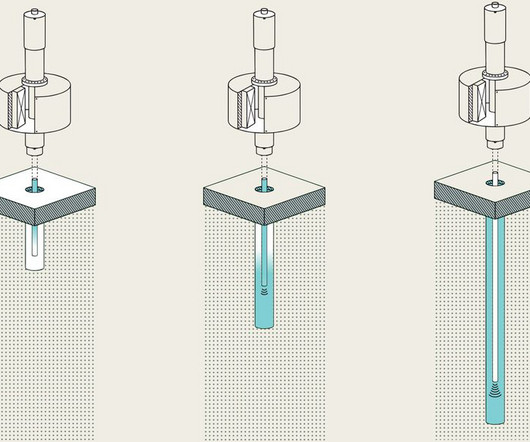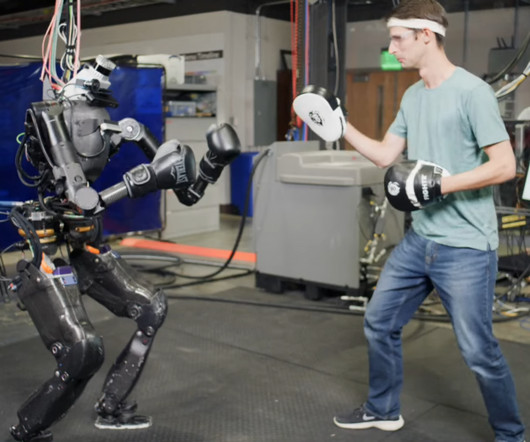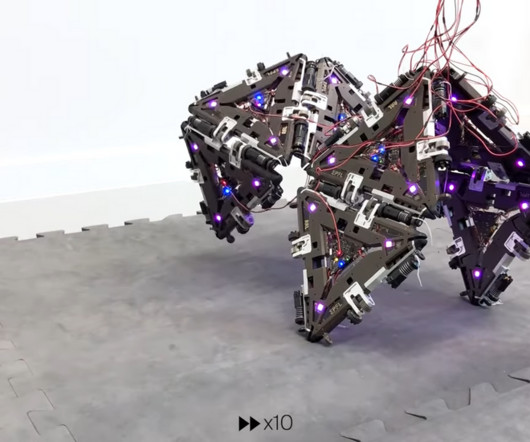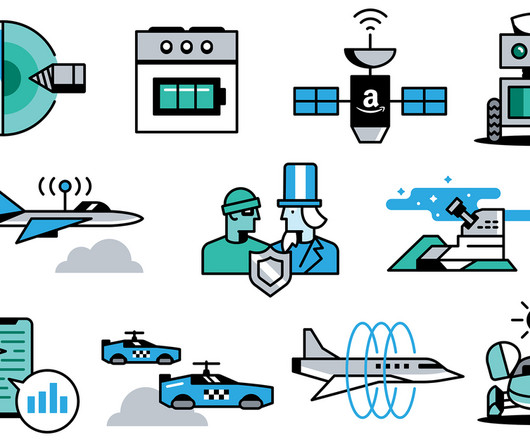MIT team engineers yeast to be more tolerant to toxic byproducts, boosting biofuels production; “tolerance module”
Green Car Congress
JUNE 27, 2021
To try to expand biofuels’ potential impact, a team of MIT engineers has now found a way to expand the use of a wider range of nonfood feedstocks to produce such fuels. The MIT researchers developed a way to circumvent that toxicity, making it feasible to use those sources, which are much more plentiful, to produce biofuels.









































Let's personalize your content